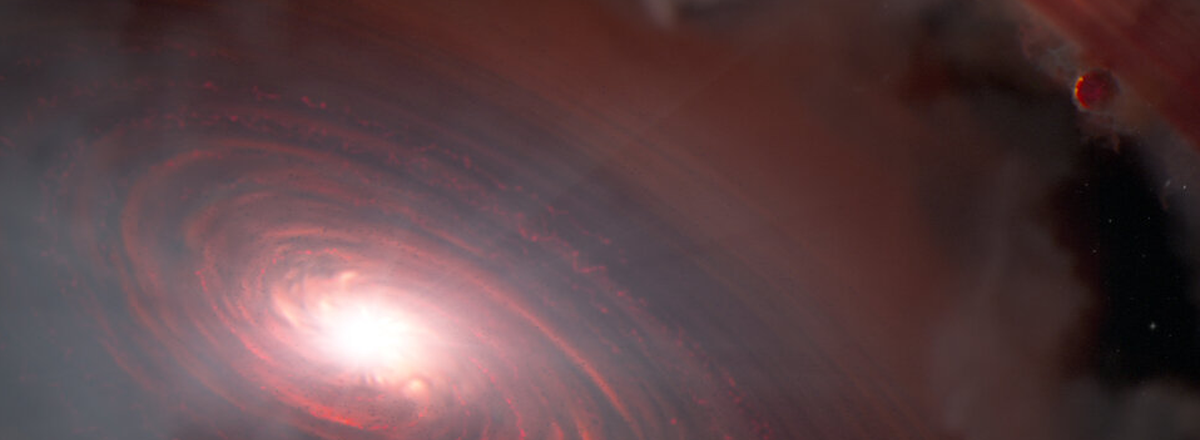James Webb Space Telescope Detects Water in a Rocky Planet-Forming Zone
The discovery of water vapor in PDS 70's planetary system opens up new avenues for understanding the formation of rocky planets and the presence of water in other star systems.

The James Webb Space Telescope has made a groundbreaking discovery by detecting water vapor in the inner disk of the planetary system PDS 70. Located 370 light-years away from Earth, PDS 70 is a star hosting both inner and outer disks of gas and dust, with a 5 billion-mile-wide gap between them. Within this gap, two gas-giant planets have already been identified.
The detection of water vapor in the system's inner disk, which is less than 100 million miles from the star, is significant because this region is where rocky, terrestrial planets like Earth are believed to form. It marks the first time water has been found in the terrestrial region of a disk known to have protoplanets.
Astronomers made this extraordinary discovery using the James Webb Space Telescope's Mid-Infrared Instrument (MIRI). The presence of water vapor in the inner disk of PDS 70 suggests that rocky planets forming in this region could have access to water from the very beginning.
The discovery of water vapor in PDS 70's planetary system opens up new avenues for understanding the formation of rocky planets and the presence of water in other star systems.

